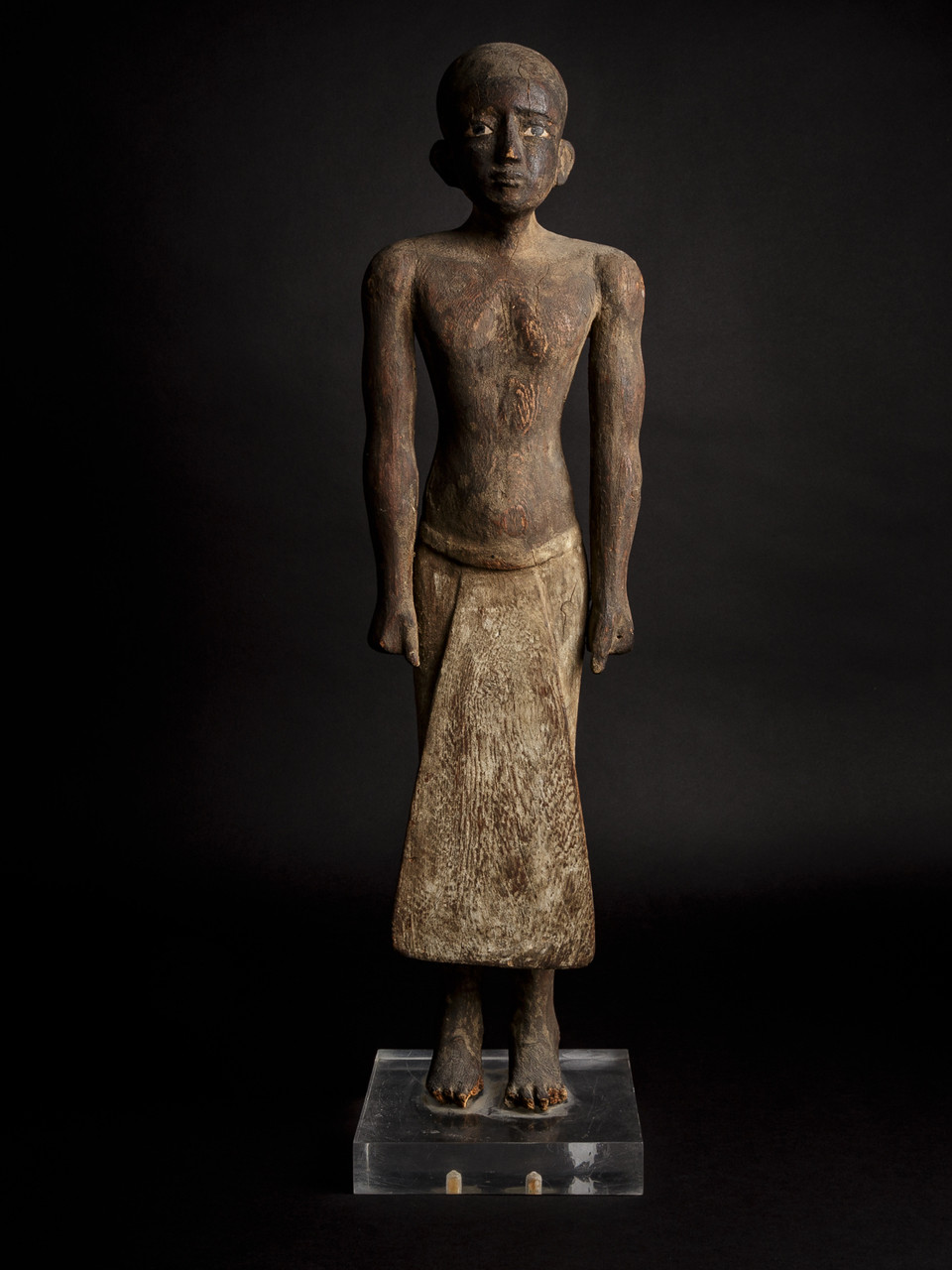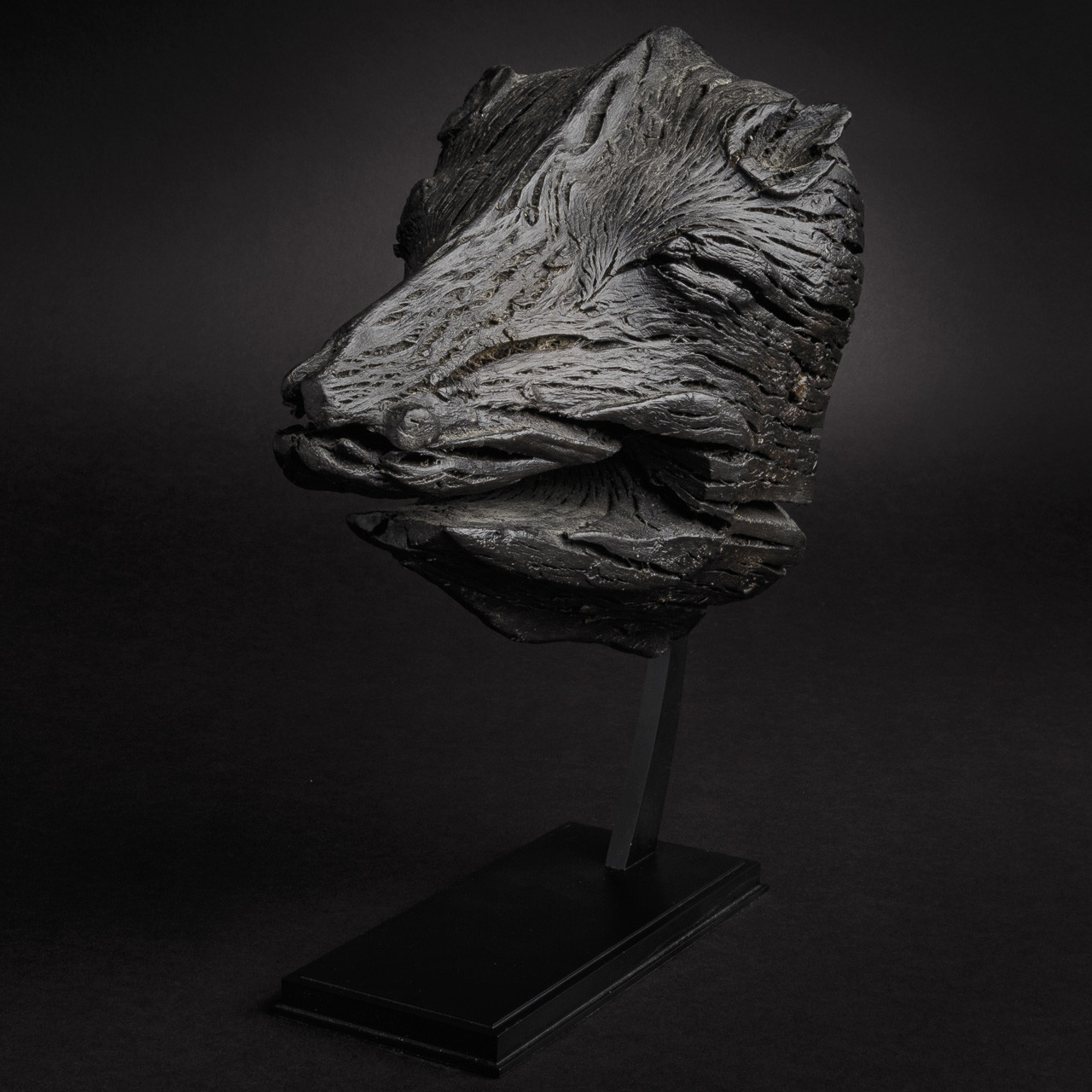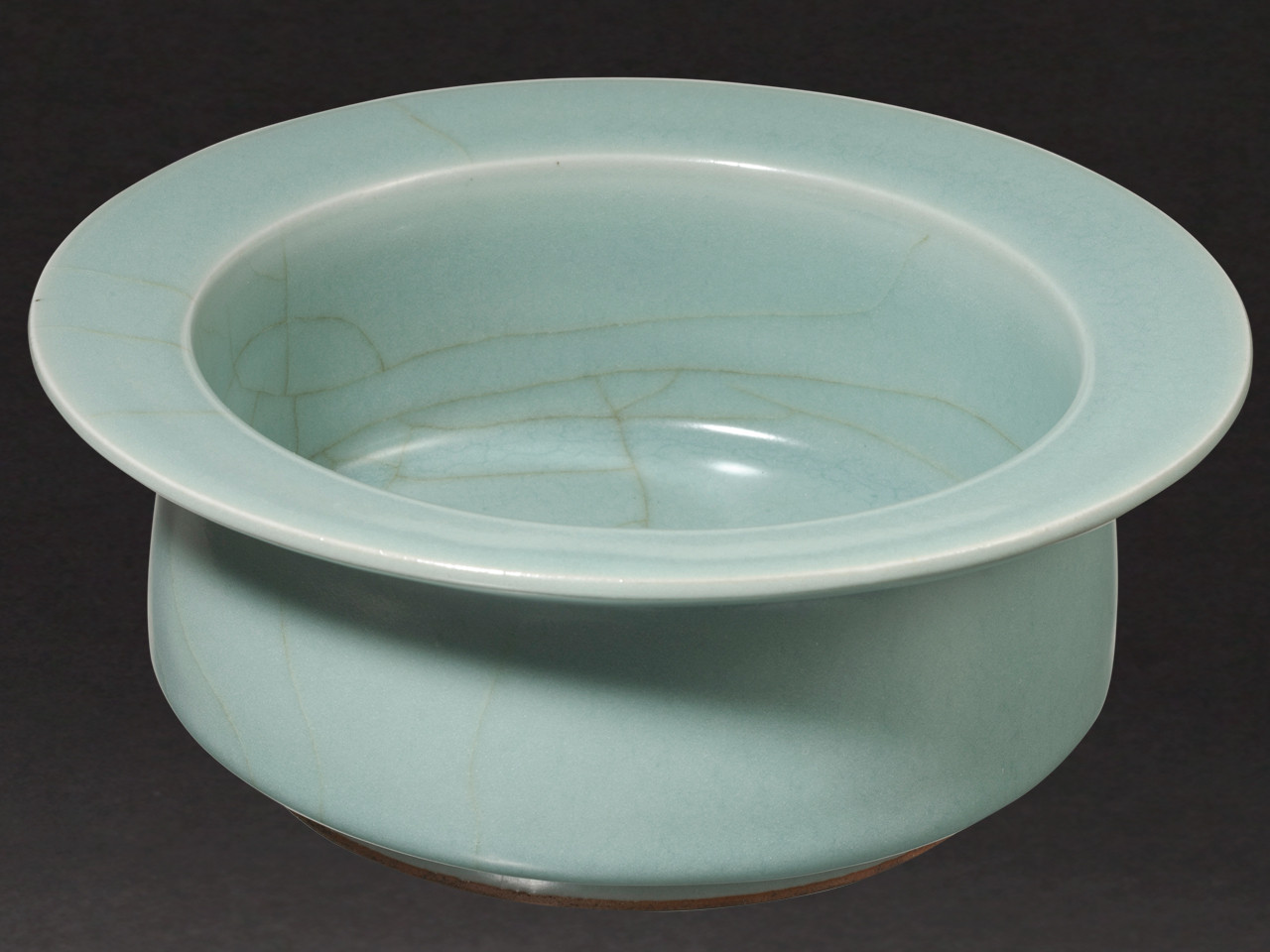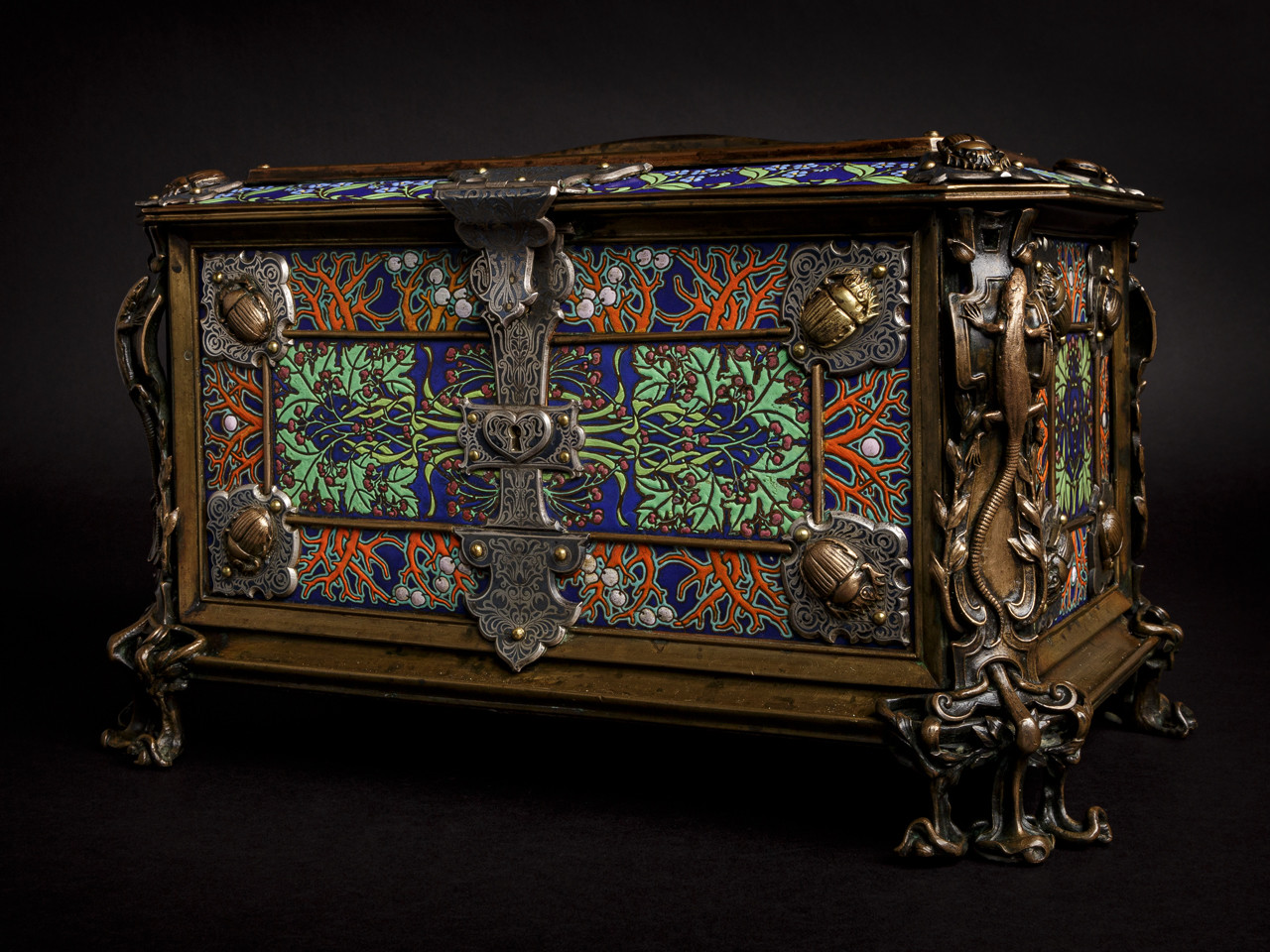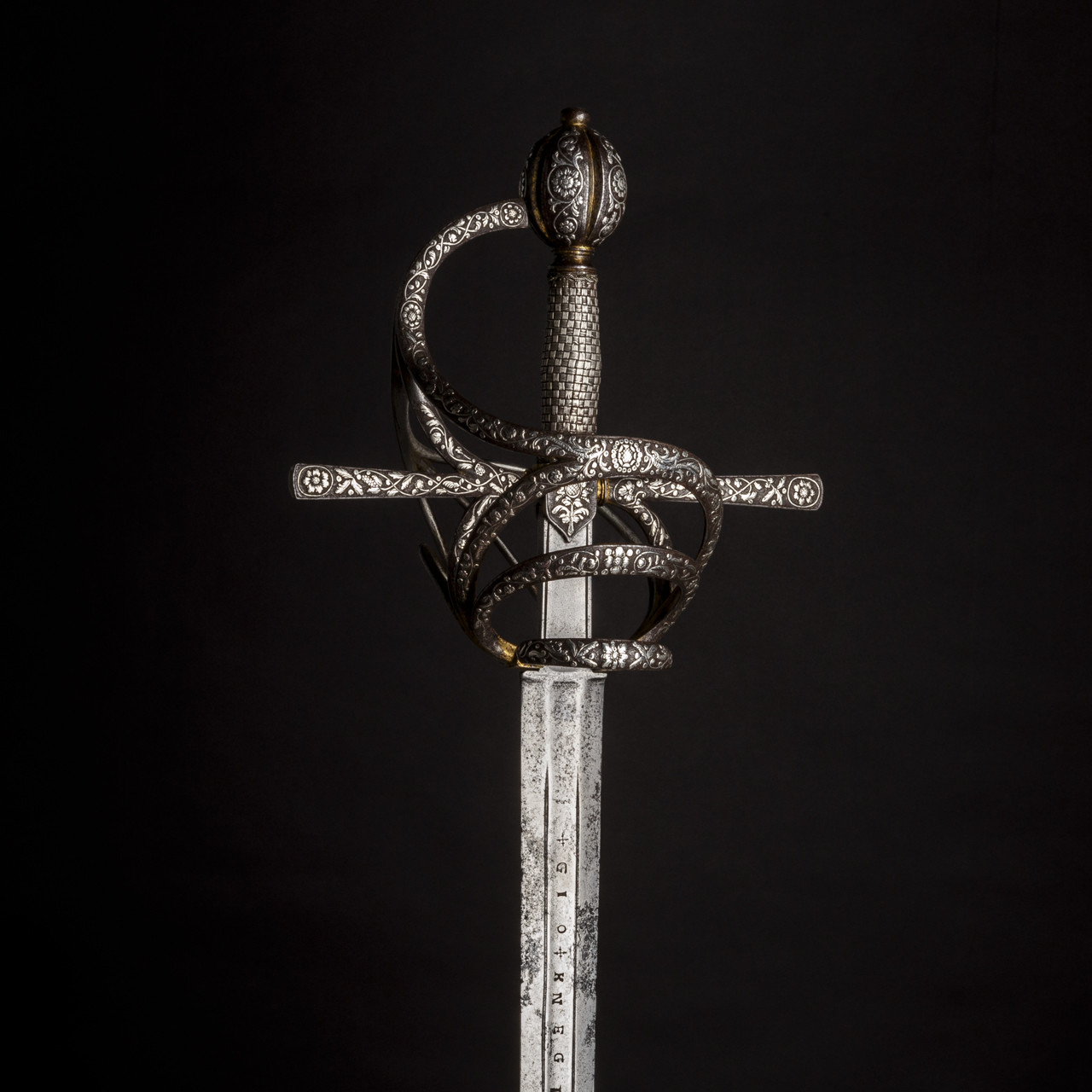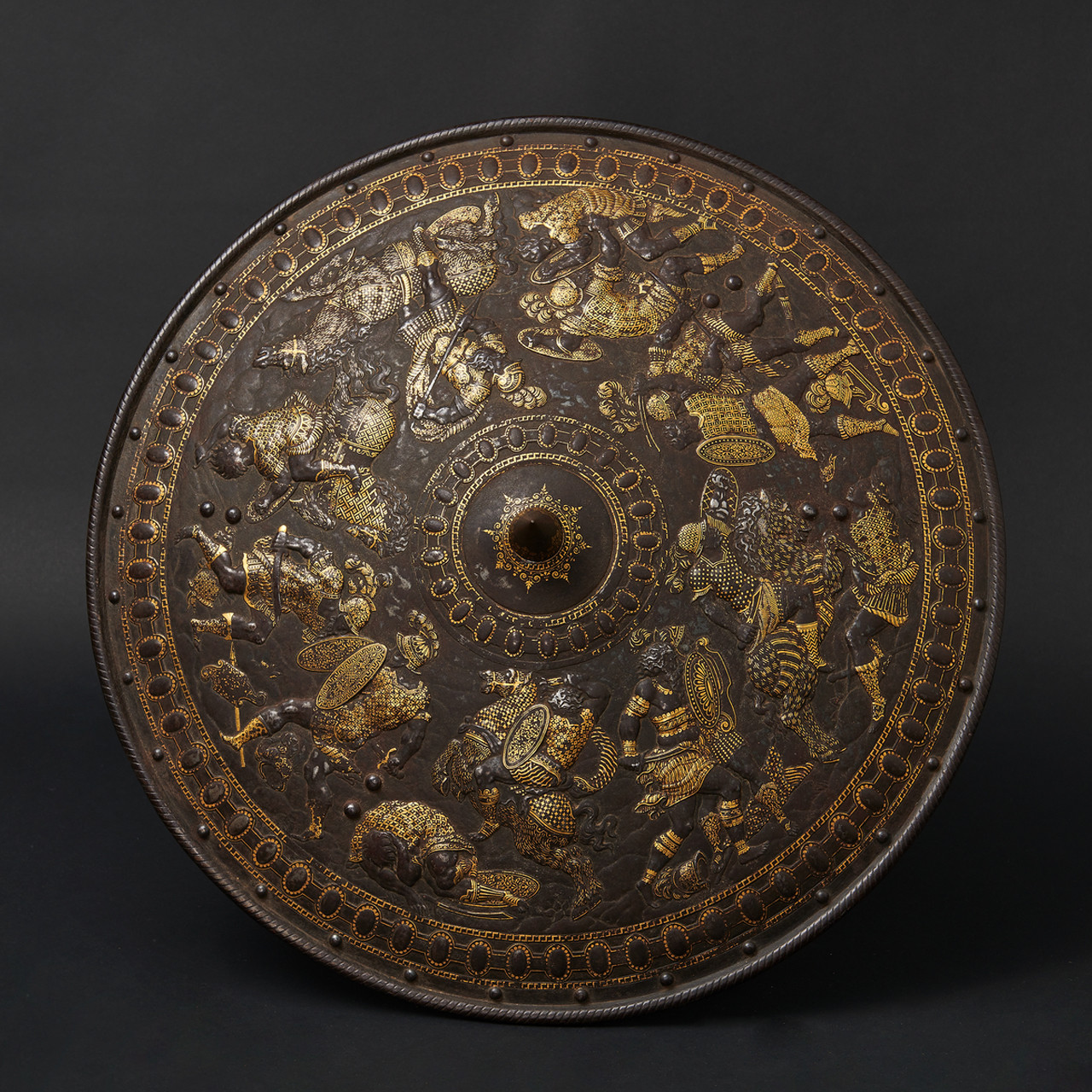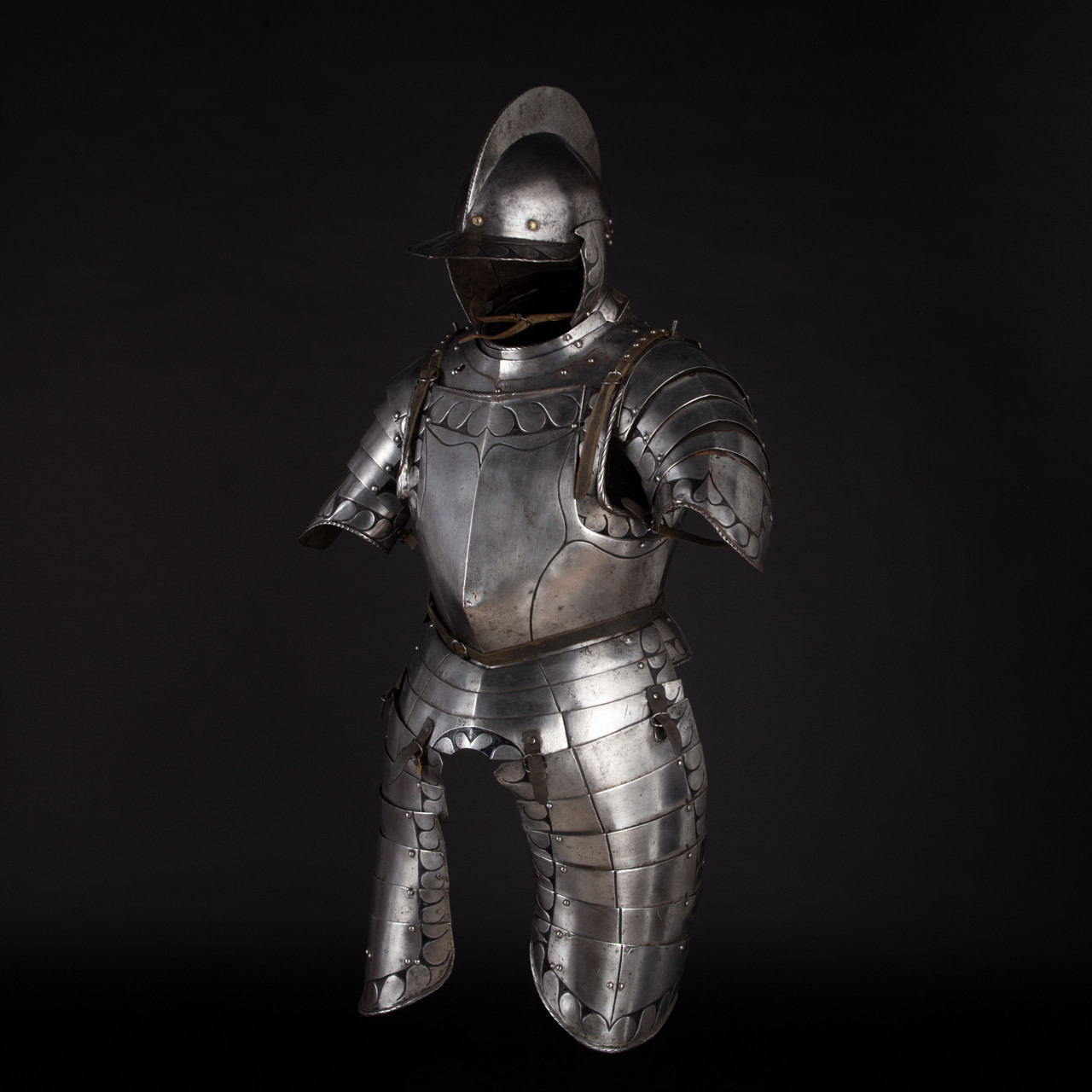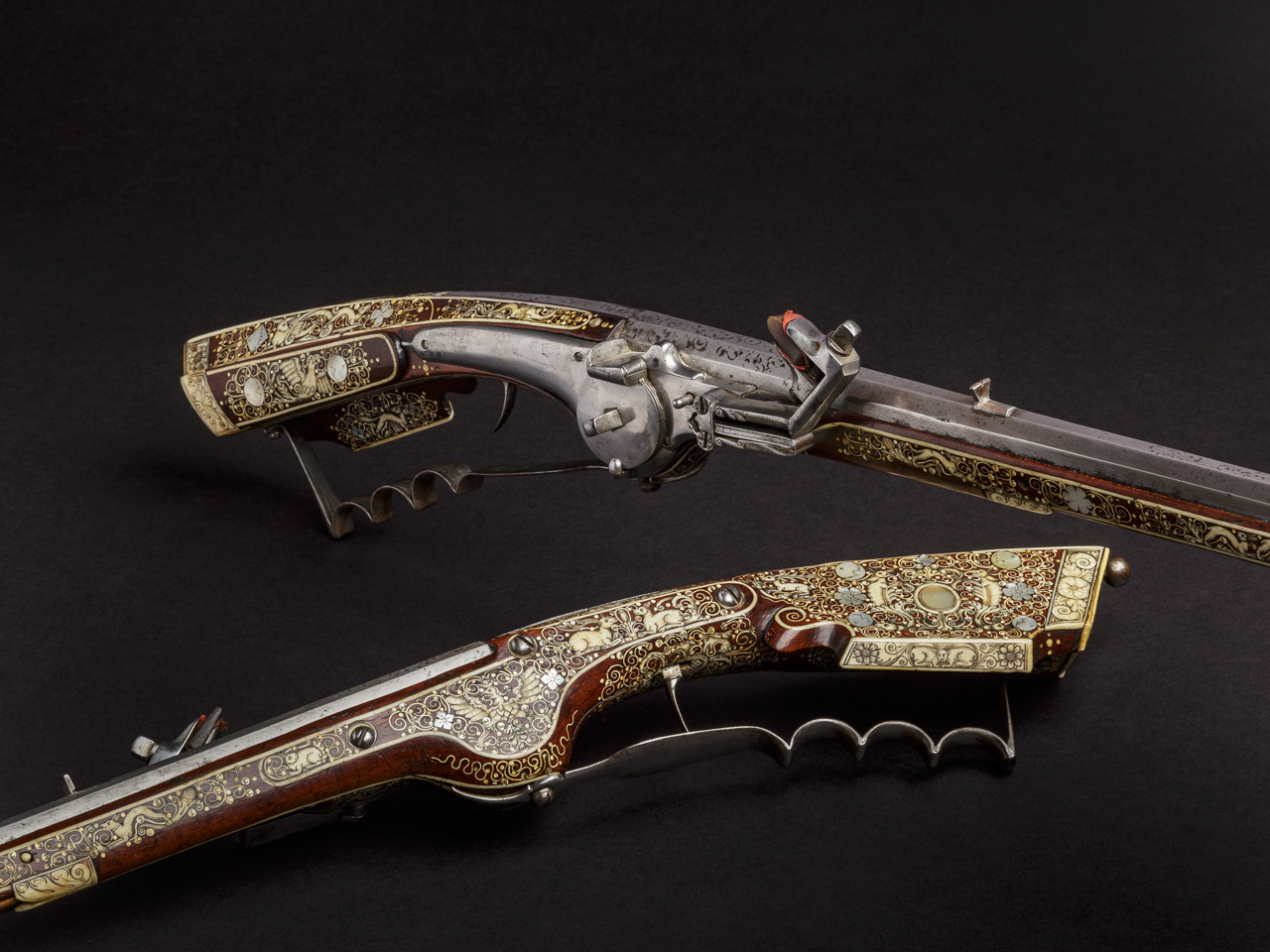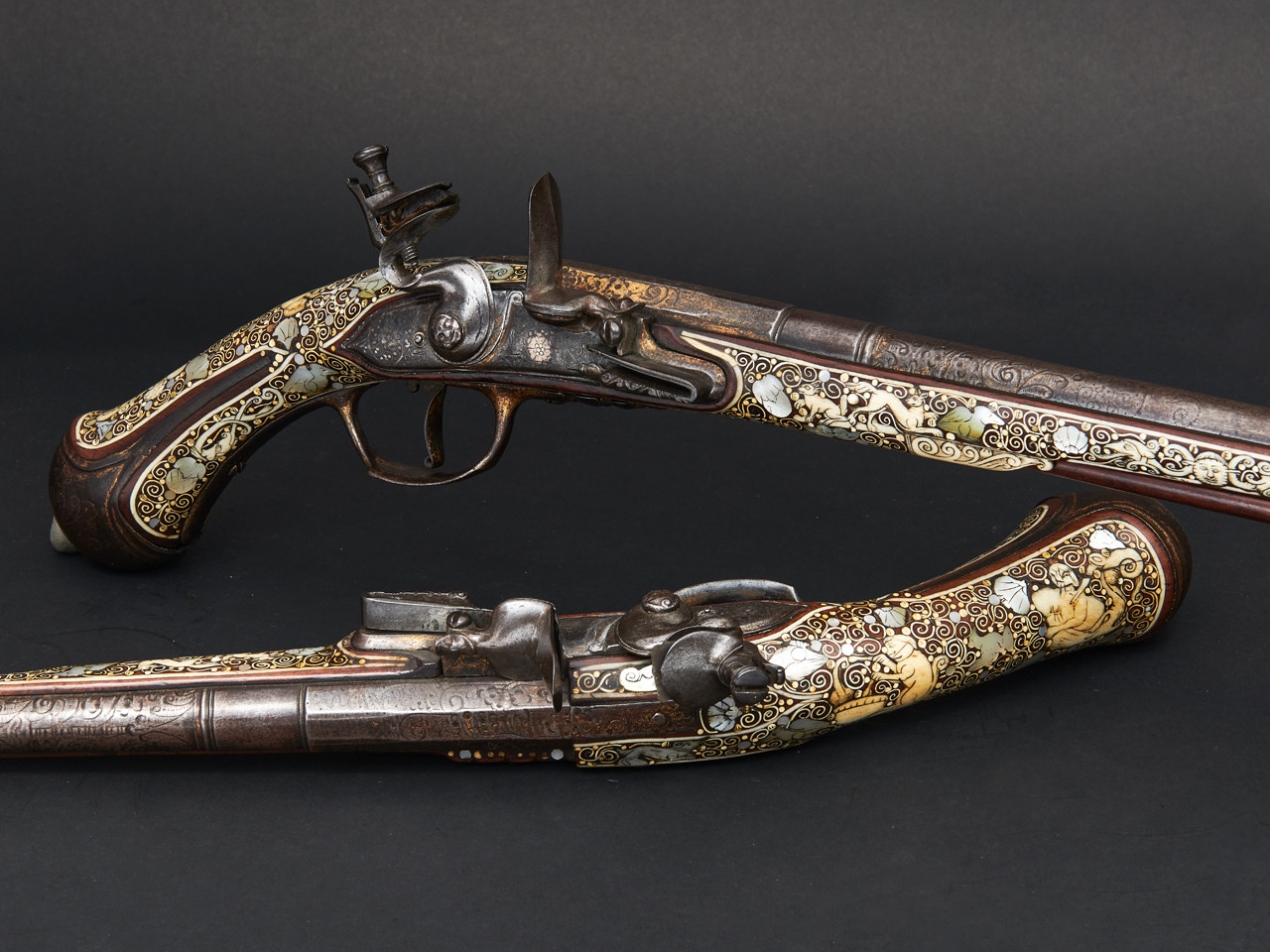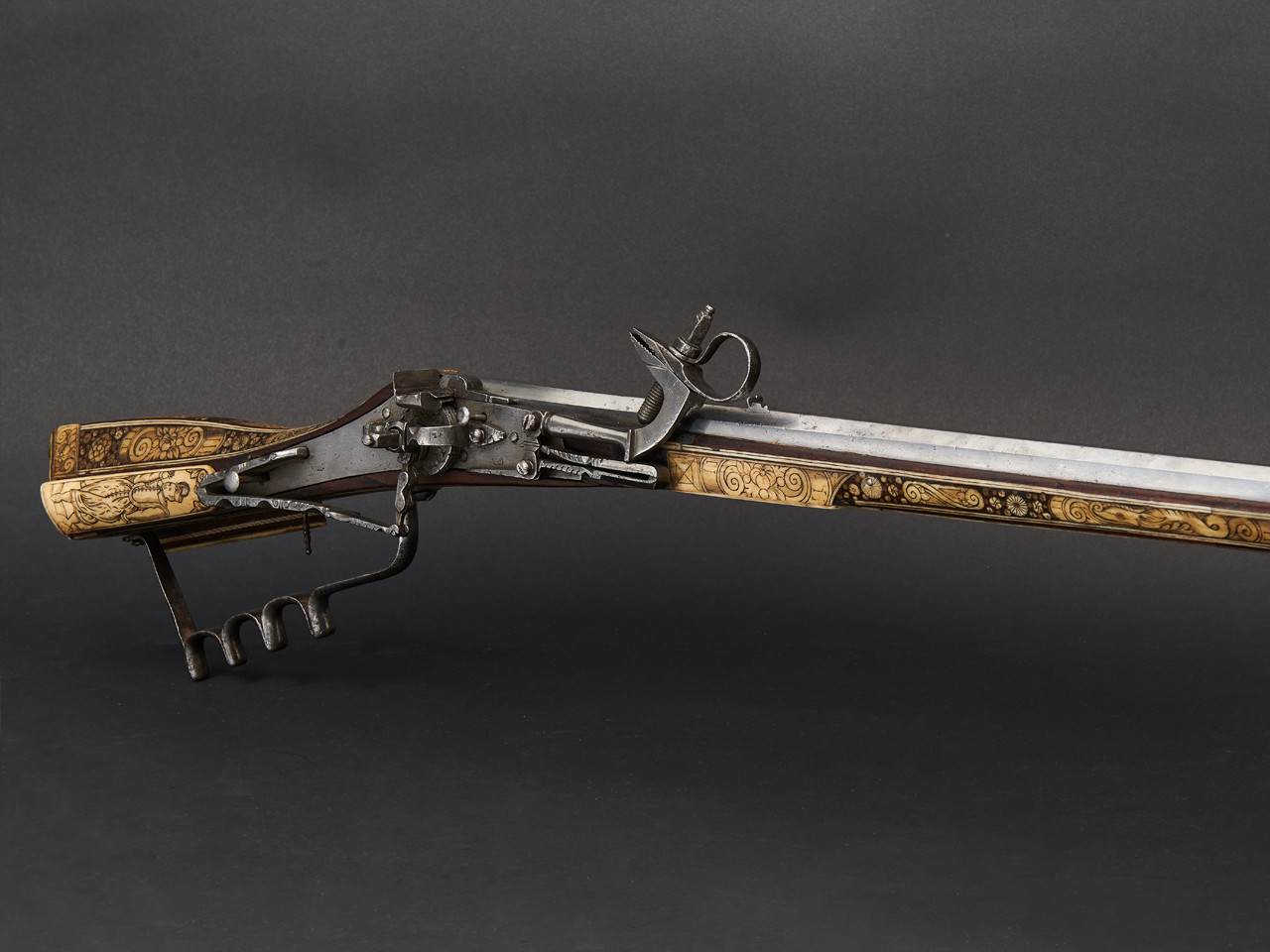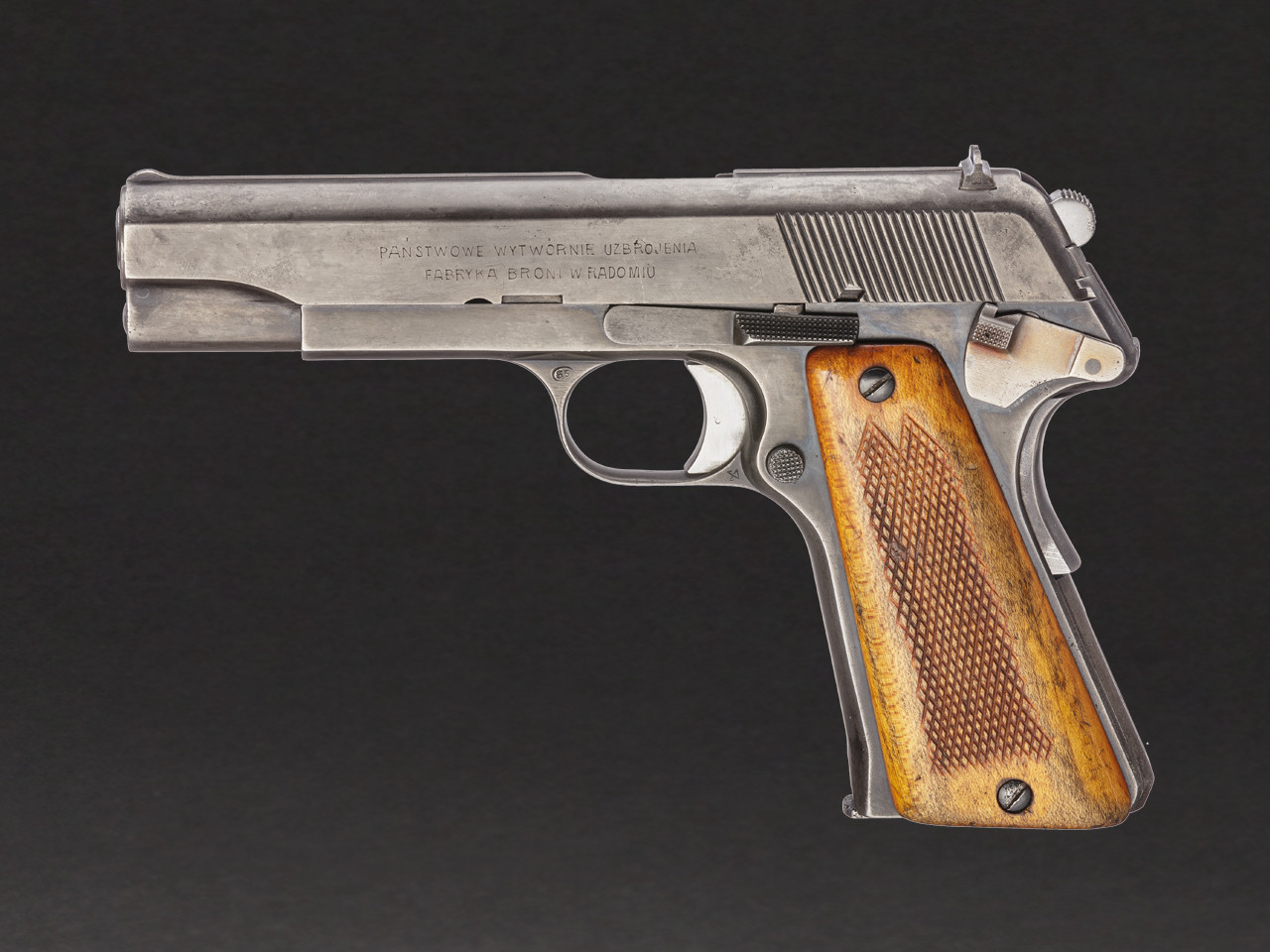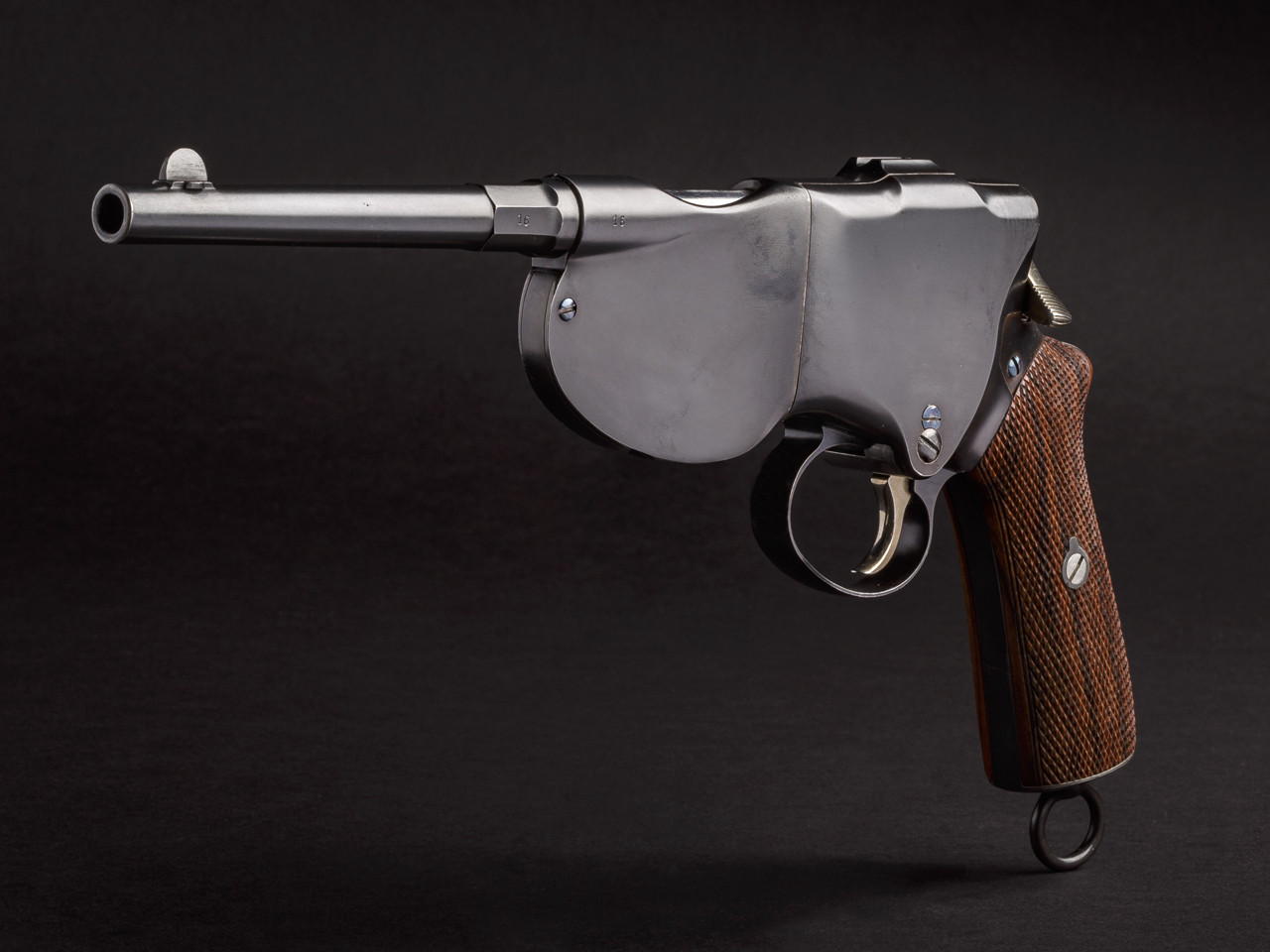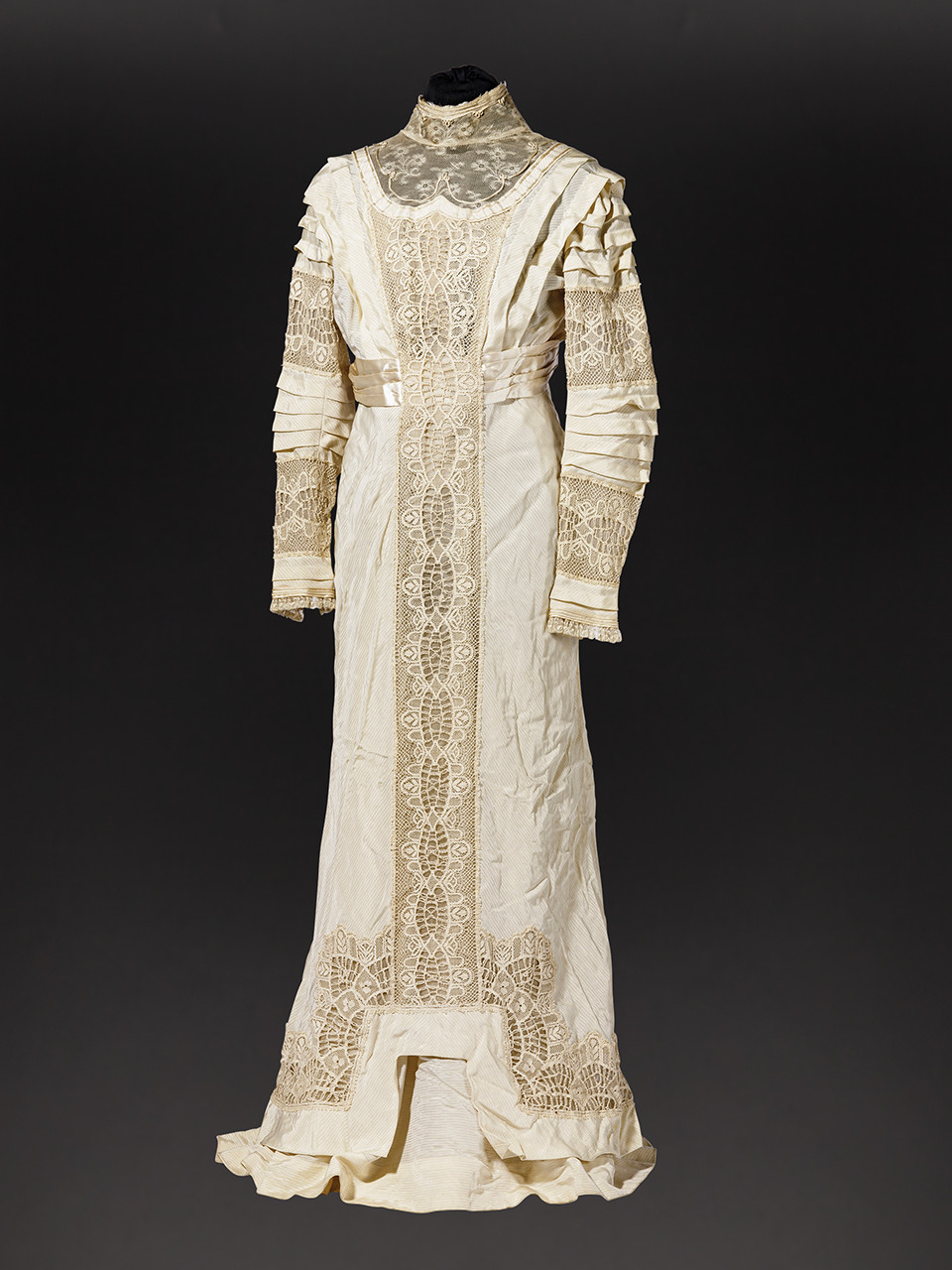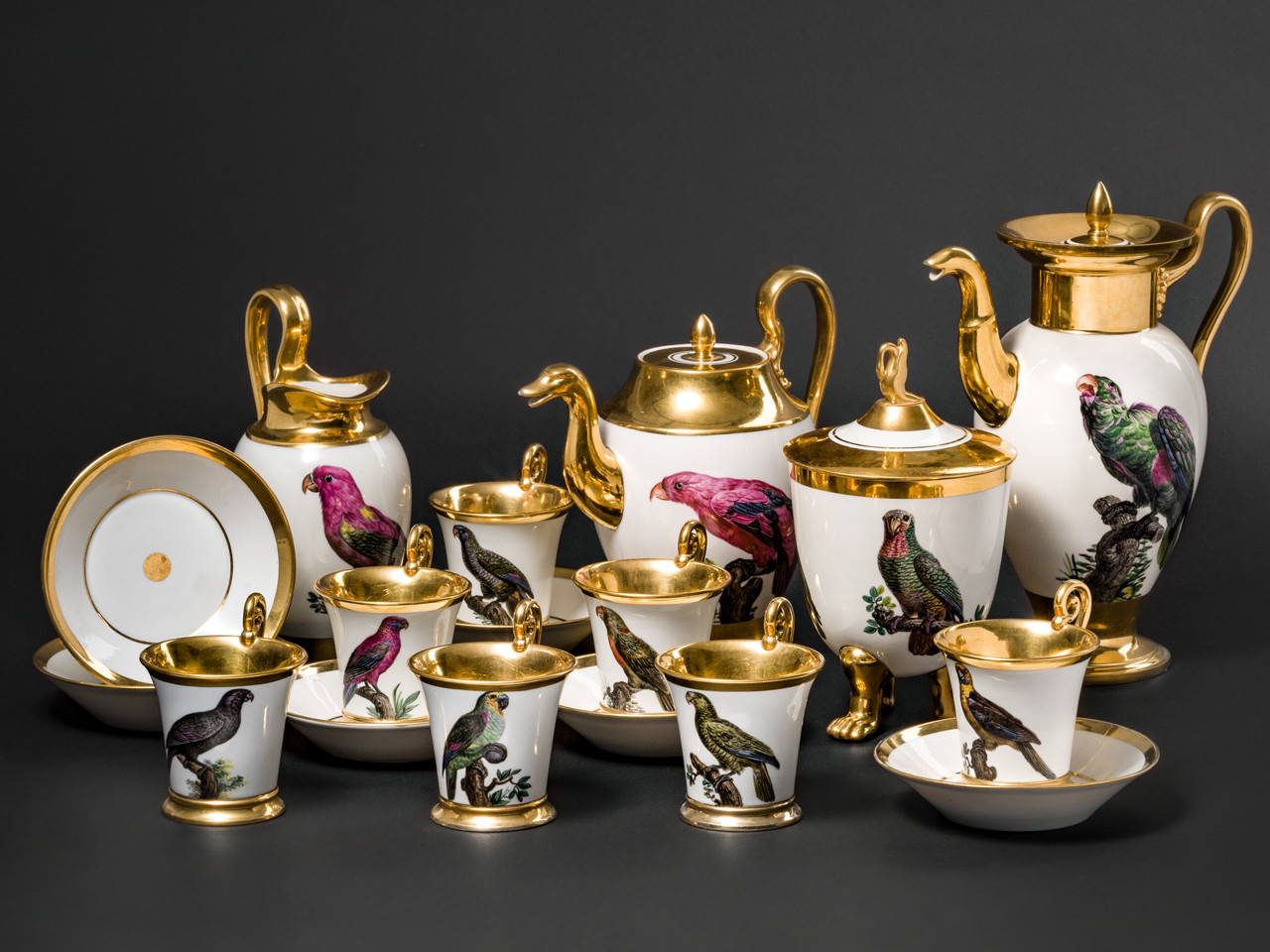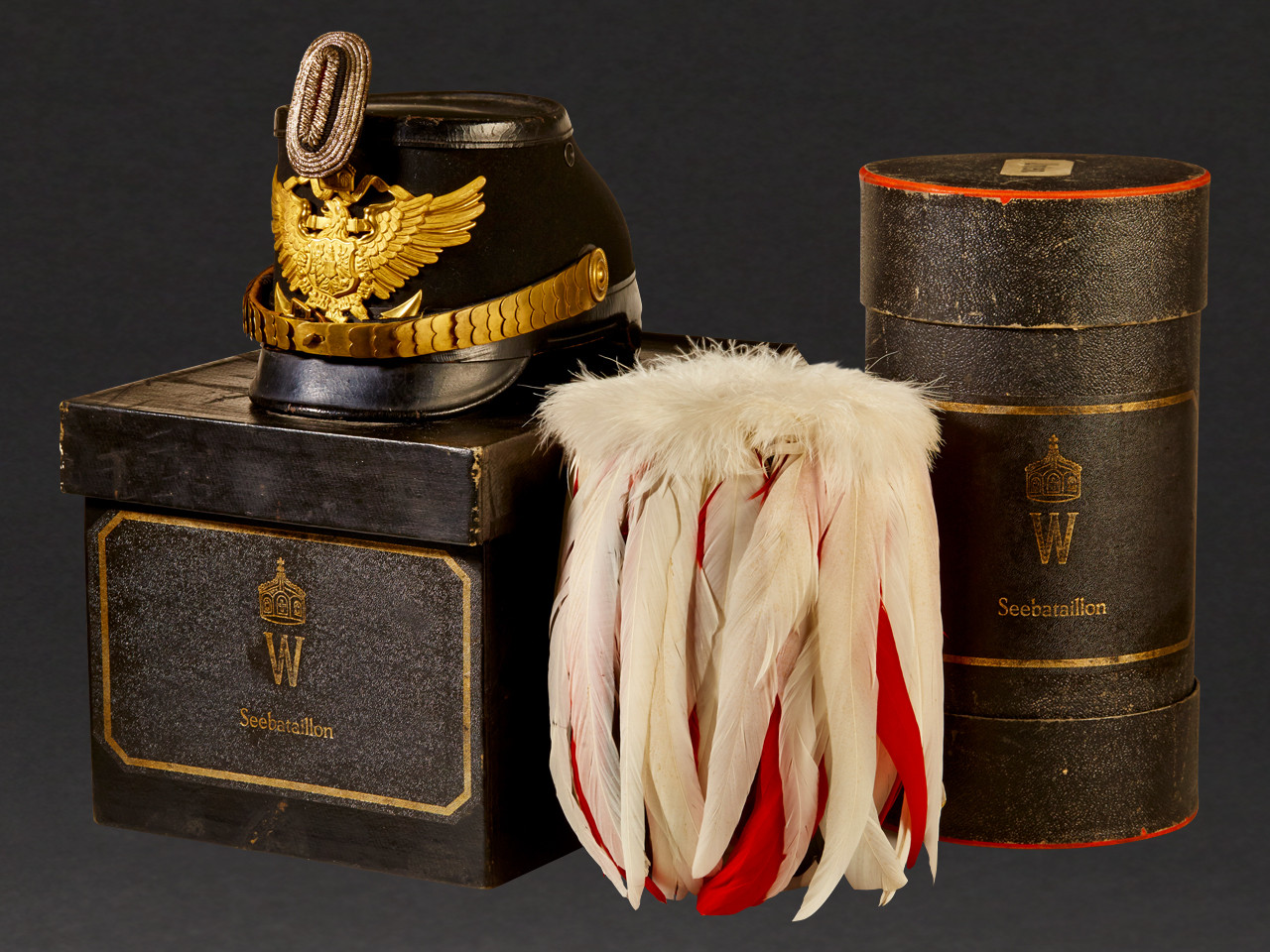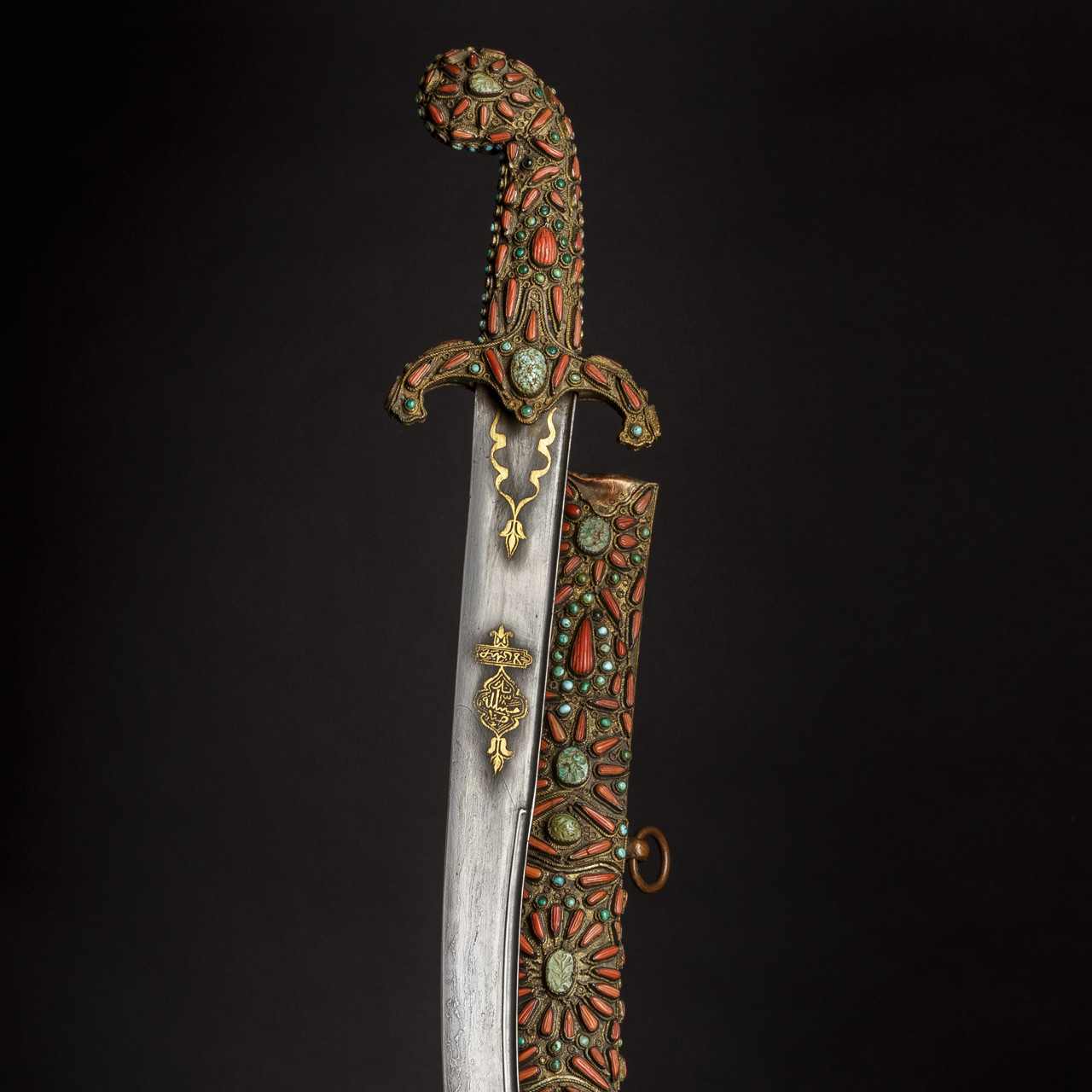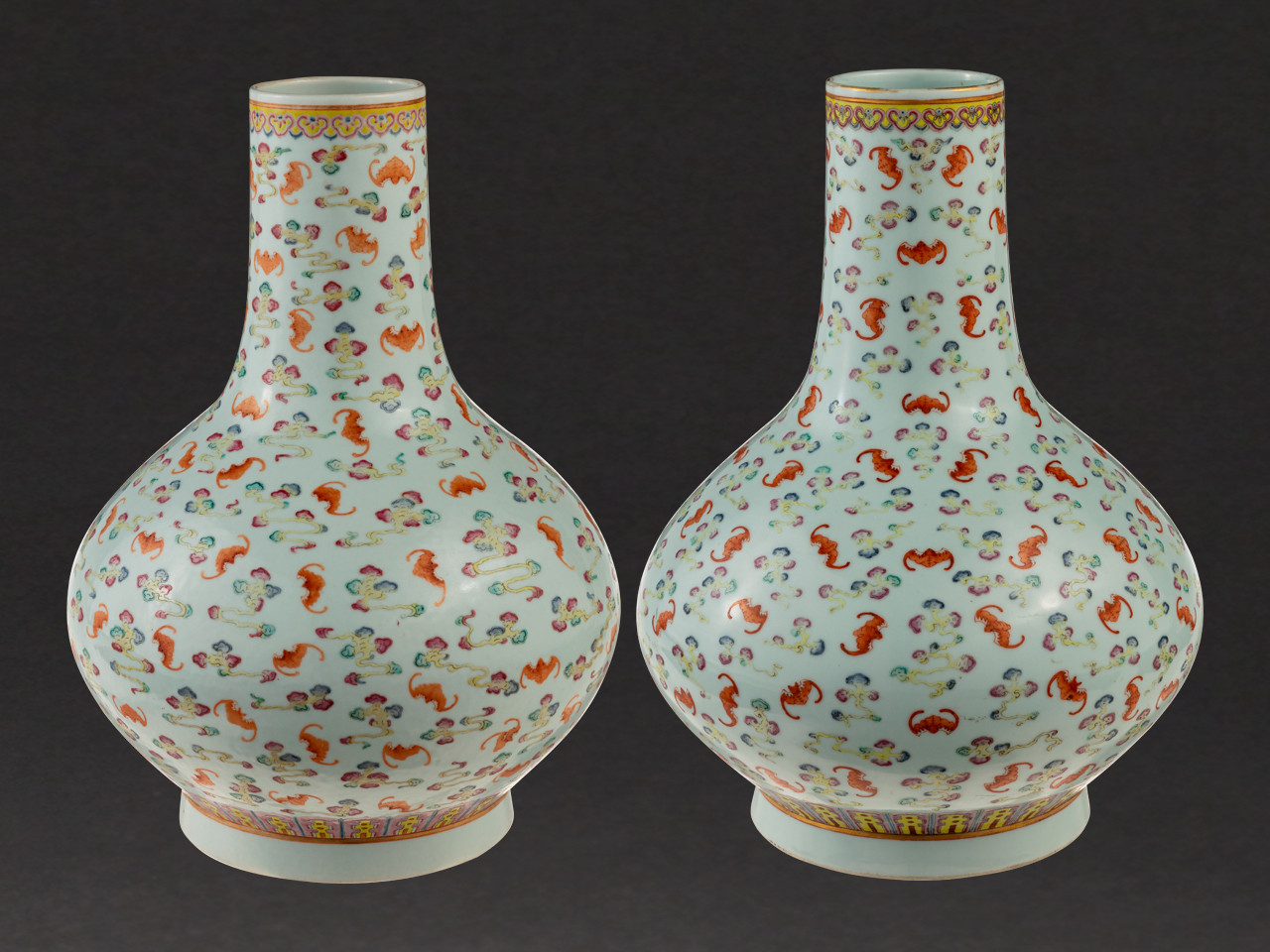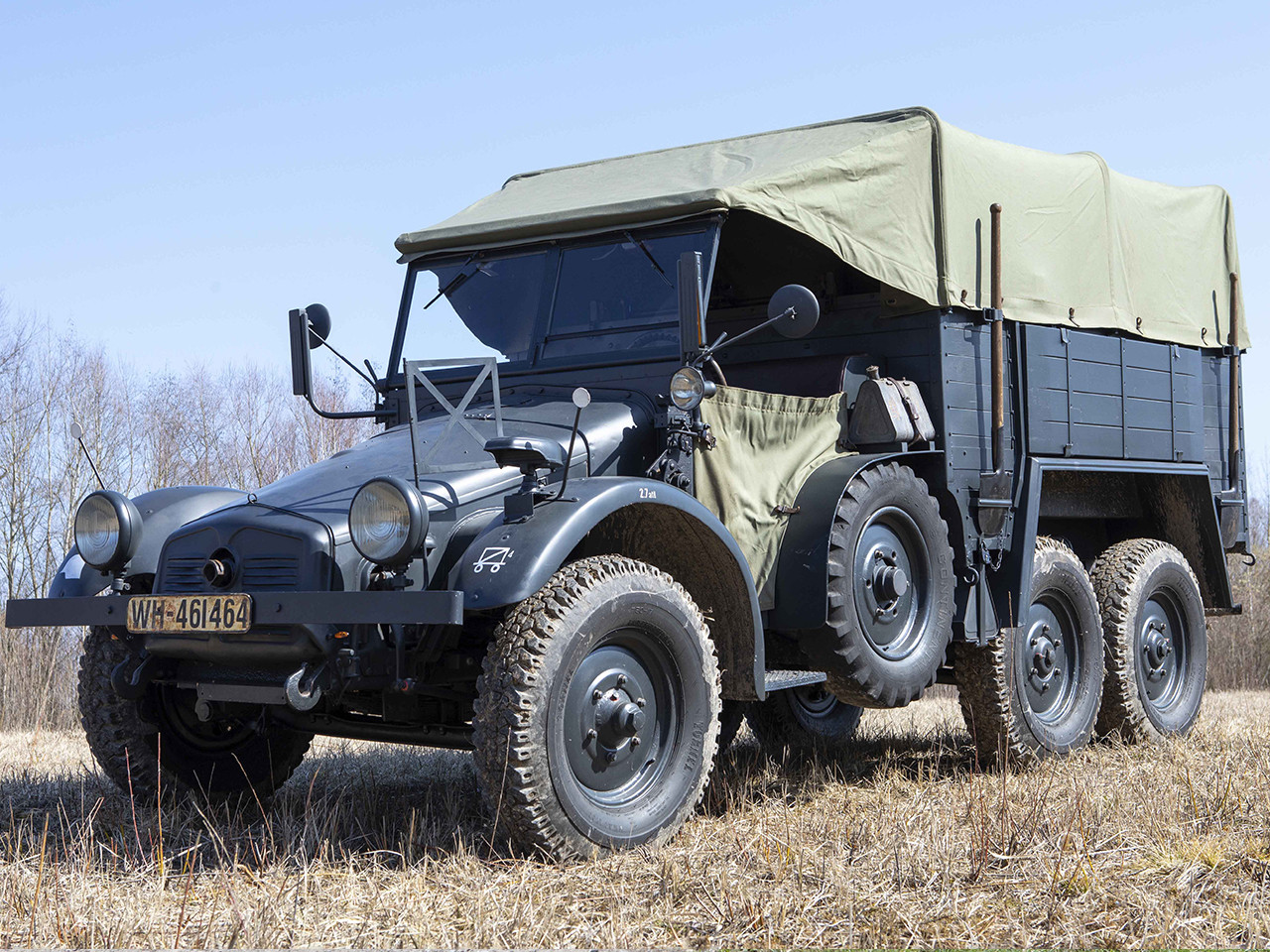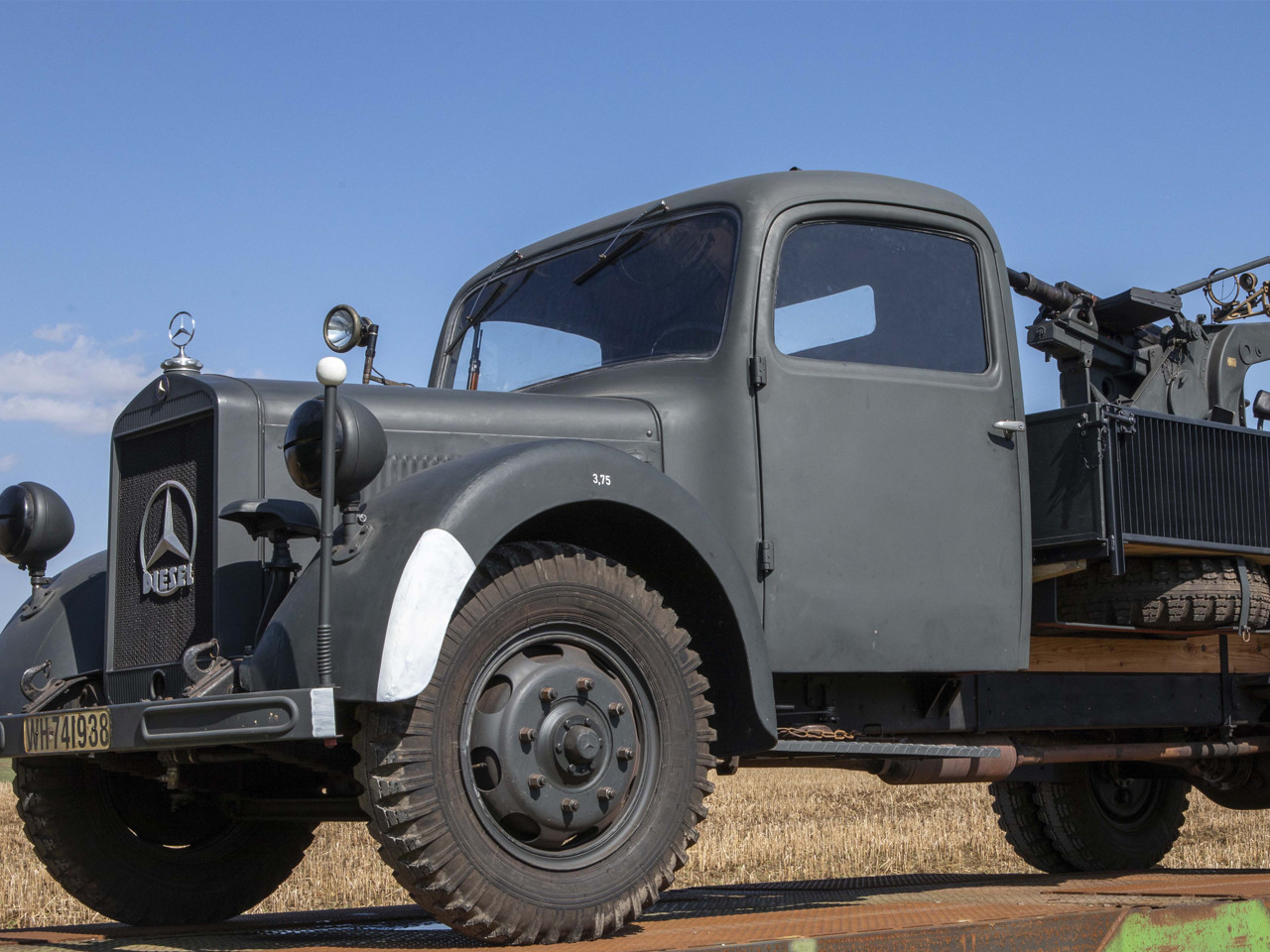MUNICH, JULY 2021
A new chapter in the success story of Hermann Historica GmbH.
The Spring Auctions held by the auction house in May and June – both live and online – have set new benchmarks.
Excellent prices were achieved in all specialist areas represented by the auction house. From an Egyptian wooden statuette to the most delicate lace trim on imperial garments, culminating in colossal 1930s vehicles, all extremely rare finds and seldom available on the market, the lots in both auctions met with considerable interest. And so, from 26 to 28 May, on 1 and 2 June plus, online only, from 21 to 25 June, the auction house's international clientele ensured exceptionally gratifying sales quotas and, in some cases, impressive price increases.
Art and handcrafts, antiquities
Even on the opening day, interested buyers had no qualms about offering six-figure sums for the objects they had set their hearts on. Among the antiquities, the unusually well preserved likeness of an Egyptian dignitary, carved in one piece of wood during the 16th century B.C. had attracted a great deal of attention. Painted in colour, the representation of a slender, standing man ultimately found a new owner for 137,500 euros. With a starting price of 9,000 euros and also made of wood, the fully sculptured, carved Viking head of a wild boar from the 7th – 9th century emanated a truly mythical appeal, fetching a very pleasing 32,500 euros. The fine Chinese porcelain on offer recorded one of the highest jumps from the reserve to the hammer price. The announcement of a 14th century Longquan celadon dish from the Yuan dynasty, with its short, almost cylindrical body and broad, horizontal edge, unleashed a veritable bidding frenzy with offers flooding in on all available channels, sending the asking price of 800 euros soaring to 37,500 euros within minutes.
Moreover, more recent, yet still exquisite, masterly crafted works of art also succeeded in delighting international collectors. A prime example of Viennese art nouveau, the fabulous bijou jewellery box, embellished with the floral and animal motifs typical of the period in coloured enamel, was warmly received. Here once again, no sooner was the lot called at 17,000 euros than the hammer fell at a very respectable 38,750 euros.
Arms and Armour
This spring saw the usual wide range of arms and armour, including a number of irresistible edged weapons, outstanding in both quality and quantity. Among them was a distinguished, silver damascened sword, made in Germany circa 1610. The deluxe weapon of courtly provenance, featuring silver-inlaid tendril and floral decoration, now takes pride of place in a new collection for 43,750 euros, its guide price of 35,000 euros notwithstanding. Next up, a connoisseur had to part with a similar sum, namely 42,500 euros, for a gold-inlaid Milanese parade shield from 1560/70, for which bids from 20,000 euros had been invited. The entire surface was covered in hammered, chiselled décor with fine gold inlays featuring an expressive scene of warriors fighting in antique-style dress. Invariably walking the tightrope between optimum mobility and optimum protection, the most outstanding craftsmen of their time created objects beyond compare, such as a black and white half armour for a man-at-arms from South Germany. Complete with the matching burgonet, the set had been estimated at 25,000 euros, yet sold for 31,250 euros. Dating from 1560, every last component in this set of exceptionally decorative and homogeneous armour was original. The association could be clearly seen in the identical chased décor of finely inset, decorative lines and surrounding band of meander ornament in black and white, popularly known as running dog.
Five centuries of antique and modern firearms
A distinguished pair of Cieszyn bone-inlaid wheellock carbines of museum calibre was a shining example of supreme craftsmanship. The shafts were lavishly inlaid in bone and mother-of-pearl, embellished not merely with ornamental flourishes and tendrils, but also with wild beasts, mythical creatures and the Cieszyn coat of arms. No less opulent, the barrel boasted fine chiselled decoration. These unparalleled prestige objects, their overall appearance unmistakably designed to underline their owner's status and wealth, proved so alluring that they only changed hands when bids reached 81,250 euros. Of slightly later date, an equally formidable pair of flintlock pistols was made in Silesia circa 1680, sumptuously inlaid in bone and adorned with flowers, animals, grotesque masks and musicians, lavishly finished with fire gilding to accommodate the fashion of the time. This magnificent pair eventually sold to an enthusiastic collector for 40,000 euros. Listed at 19,000 euros, a remarkable, early tschinke, which was doubtless one of the earliest known specimens of this rare type of Silesian rifle, was made in Silesia circa 1580/90. The winning bid of 23,750 euros reflected the rarity and distinctiveness of this firearm.
Once again, the modern arms section held a variety of showstoppers in store, ranging from rare to one-of-akind and seldom, if ever, found on the market. A pistol in the "Service weapons from Poland" section of the auction, which had been valued at 5,000 euros, proved to be one such sensation. Even during the run-up to the auction, the extremely early production (serial number 12!) of the VIS Mod. 35, made by Fabryka Broni in Radom, had prompted animated discussion in expert circles. Its announcement heralded an outpouring of bids before the hammer finally fell at a record-breaking 72,500 euros. A Schönberger-Laumann Mod. 1894-II is considered to be a sensational piece, of supreme importance in the history of weapons development, as one of just six known copies of the world's first semi-automatic pistol. Described in detail and illustrated in the standard reference work "The Origins of the Automatic Pistol" by Joschi Schuy, this undisputed rarity now graces a new collection for 27,500 euros.
Objects from military history
The sale of around 85 items from the wardrobe, accoutrements and furnishings originally belonging to none other than Empress Elisabeth of Austria generated extensive media coverage. Almost all objects found a buyer, with some eclipsing their reserve to achieve final prices in the tens of thousands. A ravishing summer dress in cream-coloured silk chiffon with interwoven, figure-flattering stripes was created by Maison Ellinger- Haubner in Vienna, circa 1880. Trimmed with fine gauze and finest Brussels lace, the dress was designed to set off the Empress' incredibly slender, well-toned figure. Selling for 37,500 euros, more than ten times its limit of 3,000 euros, this exquisite dress was the premium lot in this group. Without doubt, the diverse consignments from the personal possessions of European sovereigns included the most gloriously coloured lot of the whole auction. The beauty of the vibrant parrot motifs on the unsurpassed, captivating coffee and tea service, specially commissioned from the Porzellan Manufaktur Nymphenburg by Maximilian I Joseph of Bavaria circa
1810/20 and modelled on drawings by French naturalists, was sure to hold collectors in thrall. Complete and in undamaged condition, the winning bid of 37,500 euros paid tribute to its artistry, more than doubling the catalogue price of 17,500 euros. From the Prussian court, a shako worn by Kaiser Wilhelm II as owner of the sea battalion enjoyed great popularity. Extremely rare, in immaculate condition, with his monogram and all symbols of power, the shako was snapped up for 28,750 euros.
The 89th Auction of Hermann Historica GmbH presented an extensive lineup of 3303 collectibles from all specialist areas represented by the auction house, from antiquities to medieval armour and weapons, works of art and craftsmanship, Asian artworks, artefacts from military history and exquisite heirlooms from ruling houses.
The online-only auction at the end of June also achieved first-class results throughout. A number of remarkable final prices, such as 25,000 euros for an impressive kilij, resplendent with gold inlays, silver plating and its lavish setting of corals and turquoises, are testament to the continued demand for opulent weapons from the Orient. Made in Turkey during the 19th century, the unique sabre with its typically shaped blade of Damascus steel was expected to fetch 6,000 euros.
Equally sought after again this spring were exclusive works of Asian art, such as a pair of Chinese bat vases dating from the Kuang Hsu period (1875 - 1908). With the stylised décor of bats and bands of clouds artfully conceived in continuous, polychrome painting around the oval bodies, the visual appeal of the receptacles was so compelling that they closed at 20,000 euros, dwarfing their estimate of 2,000 euros.
Among the artefacts from military history, an extremely interesting document, bearing Napoleon I's handwritten signature, offered a fascinating glimpse into his strategic approach. Addressed to Berthier and dated 5 October 1812, the letter contained three closely written pages, with detailed instructions for evacuating the wounded who had taken refuge in the monastery at Mojaisk. This historical communiqué coaxed an enthusiast into investing 7,750 euros, its asking price of 600 euros notwithstanding.
The grand finale was eagerly awaited, namely the unveiling of two very special – and sizeable – collector's items, SUVs "of a very different kind". Manufactured in 1941, the Krupp-Protze or Kfz 70, an all-terrain, six-wheeled truck and artillery tractor designed as a personnel carrier, and an equally spectacular, anti-aircraft gun mounted on the flat bed platform of a Mercedes-Benz truck L3000 S, built in 1939, did not disappoint. Previously estimated at 145,000 euros and 95,000 euros respectively, avid collectors jumped at the chance to snap up the vehicles for 187,500 euros and 125,000 euros.
All objects attest to the extraordinary triumphs of the online-only auctions, now well established for years as a regular event, offering a wide selection of treasures in every area of interest to tempt any budget. 4112 lots came under the hammer, the majority of which went on to find new owners.
All final prices quoted above include taxes and fees at a total of 25 percent.
A personal announcement:
As of 1 July, I will be leaving Hermann Historica GmbH for pastures new. I would like to take this opportunity to thank you for the outstanding cooperation over the years and wish you all the best.
In future, your contact will be Ms Uta Hurni-Baumann Uta.Baumann@Hermann-Historica.com.
Press contact:
UTA BAUMANN
Communication and press
Bretonischer Ring 3
85630 Grasbrunn / Munich
Germany
Phone: +49 (0) 89 - 54 72 64 9 - 0
Fax: +49 (0) 89 - 54 72 64 9 - 999
press(at)hermann-historica.com
www.hermann-historica.com
Copie permitted - please send proof to:
Hermann Historica GmbH
Marketing Department
Bretonischer Ring 3
85630 Grasbrunn / Munich
DEUTSCHLAND
or by Email to:
press@hermann-historica.com
Further information and high-definition photo material
Request to:
press@hermann-historica.com
All photos:
Copyright Hermann Historica GmbH 2021






